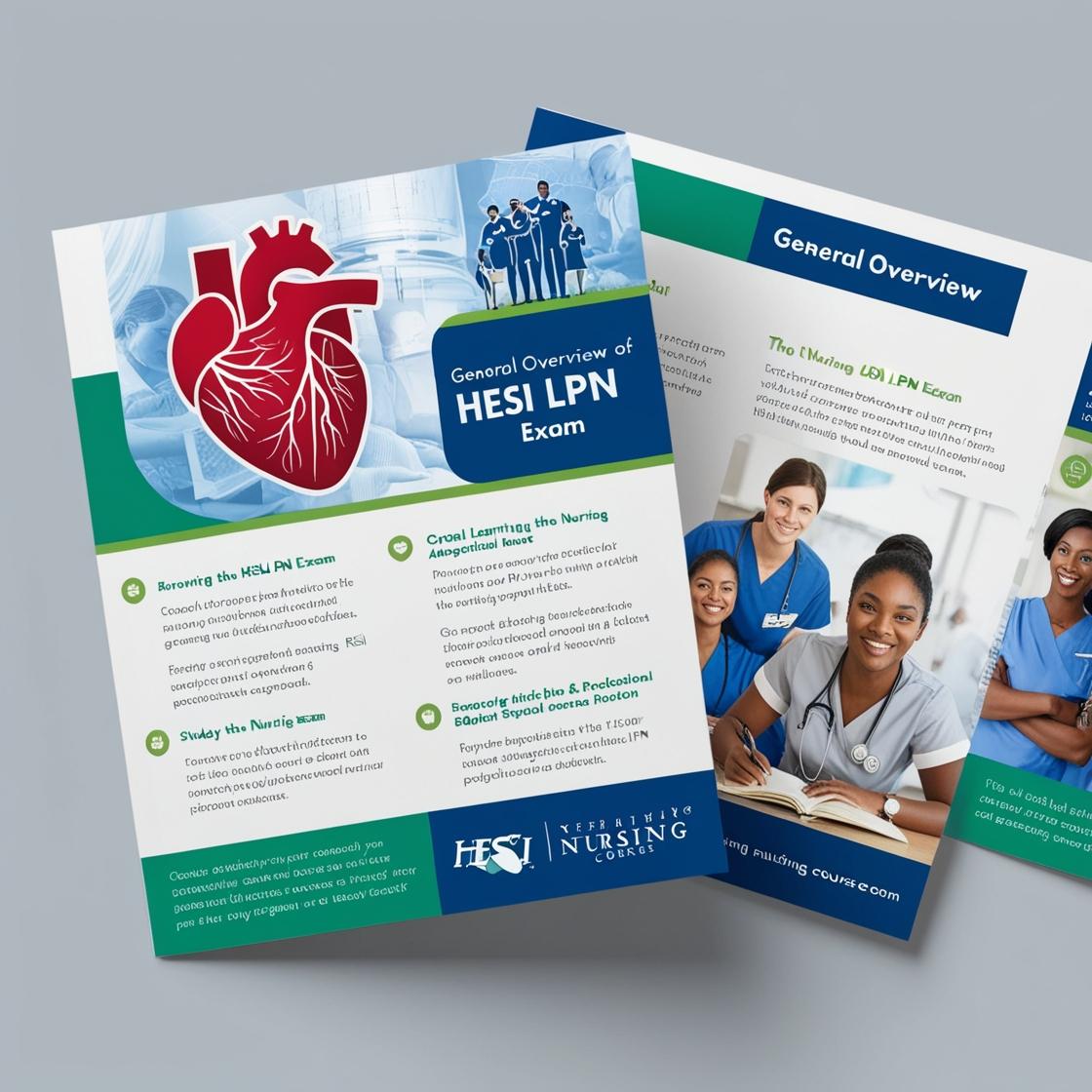HESI LPN
Community Health HESI Questions
1. The nurse working in a community health clinic that serves recent Somali immigrants notes that most mothers refuse to give permission for routine immunizations of their preschoolers. Which individual is likely to have the most influence on these women's perceptions about their children's healthcare needs?
- A. husbands
- B. clinic healthcare providers
- C. older females
- D. tribal chief
Correct answer: D
Rationale: In many Somali communities, the tribal chief holds significant influence over health decisions. The tribal chief often plays a crucial role in shaping community beliefs and practices, including healthcare decisions. While husbands may have some influence, the tribal chief typically holds more authority in community matters. Clinic healthcare providers have a role in educating and advising, but the tribal chief's influence is often more profound in this cultural context. Older females may have some influence, especially in familial matters, but the tribal chief is usually the key decision-maker in community health issues.
2. Which of the following strategies is most effective in promoting breastfeeding in a community?
- A. Providing formula samples
- B. Offering breastfeeding education and support
- C. Encouraging early weaning
- D. Promoting bottle feeding
Correct answer: B
Rationale: The most effective strategy in promoting breastfeeding in a community is offering breastfeeding education and support. This helps mothers learn about the benefits of breastfeeding, gain confidence in their ability to breastfeed, and receive necessary support to overcome challenges. Providing formula samples (Choice A) can undermine breastfeeding efforts by promoting formula feeding over breastfeeding. Encouraging early weaning (Choice C) goes against the recommendation of exclusive breastfeeding for the first six months of life. Promoting bottle feeding (Choice D) can deter mothers from initiating or continuing breastfeeding, leading to decreased breastfeeding rates.
3. A female client diagnosed with genital herpes simplex virus 2 (HSV 2) complains of dysuria, dyspareunia, leukorrhea, and lesions on the labia and perianal skin. A primary nursing action with the focus of comfort should be to
- A. Suggest 3 to 4 warm sitz baths per day
- B. Cleanse the genitalia twice a day with soap and water
- C. Spray warm water over genitalia after urination
- D. Apply heat or cold to lesions as desired
Correct answer: A
Rationale: The correct answer is to suggest 3 to 4 warm sitz baths per day. Warm sitz baths can soothe the irritated genital area, reduce pain, and promote healing of the lesions associated with genital herpes. Cleansing the genitalia with soap and water or spraying warm water over the genitalia after urination may further irritate the lesions. Applying heat or cold to lesions as desired may not provide the same level of comfort and healing as warm sitz baths.
4. What does the concept of 'health equity' refer to?
- A. Equal access to healthcare for all individuals
- B. Providing the same treatments to everyone
- C. Eliminating health disparities among different population groups
- D. Focusing on the healthcare needs of the wealthy
Correct answer: C
Rationale: The concept of health equity refers to eliminating health disparities among different population groups. This means ensuring that everyone has a fair and just opportunity to be as healthy as possible, regardless of social determinants such as race, ethnicity, income, or geographic location. Choice A is incorrect because health equity goes beyond just access to healthcare and focuses on achieving health equality. Choice B is incorrect as health equity considers individual needs rather than providing the same treatments to everyone. Choice D is incorrect as health equity aims to address disparities and inequalities, not just focus on the healthcare needs of the wealthy.
5. A home health nurse is at the home of a client with diabetes and arthritis. The client has difficulty drawing up insulin. It would be most appropriate for the nurse to refer the client to:
- A. A social worker from the local hospital
- B. An occupational therapist from the community center
- C. A physical therapist from the rehabilitation agency
- D. Another client with diabetes mellitus who takes insulin
Correct answer: B
Rationale: An occupational therapist is the most appropriate professional to refer the client to in this situation. Occupational therapists can provide assistance with techniques and tools to help the client manage insulin administration despite arthritis. Referring the client to a social worker (Choice A) may not directly address the client's difficulty with insulin. While physical therapists (Choice C) focus on mobility and strength, they may not specialize in techniques for insulin administration. Referring the client to another client with diabetes (Choice D) is not a professional or appropriate solution to address the client's difficulty.
Similar Questions

Access More Features
HESI LPN Basic
$69.99/ 30 days
- 50,000 Questions with answers
- All HESI courses Coverage
- 30 days access @ $69.99
HESI LPN Premium
$149.99/ 90 days
- 50,000 Questions with answers
- All HESI courses Coverage
- 30 days access @ $149.99
